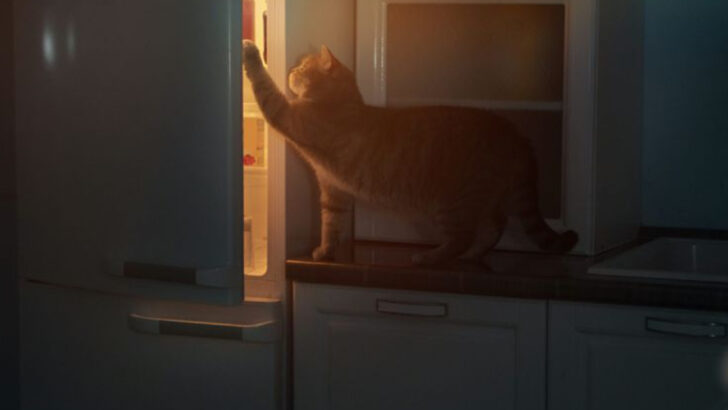Ever wonder why your cat turns into a hyperactive whirlwind the moment the sun goes down? You’re not alone! Cats are notorious for their mysterious, sometimes downright bizarre nighttime antics. But before you write off their nighttime behavior as just a quirk, there’s more going on than meets the eye.
From sprinting around like they’ve had too much coffee to engaging in strange rituals, these nocturnal creatures have a unique way of experiencing the night. It’s not just random chaos—it’s rooted in instinct, energy, and communication.
Understanding your cat’s late-night shenanigans can help you meet their needs and build a stronger bond. So, let’s dive into the 13 strange things your cat might be doing at night and why it’s worth paying attention. You might just uncover some hidden secrets of the feline world!
Midnight Zoomies
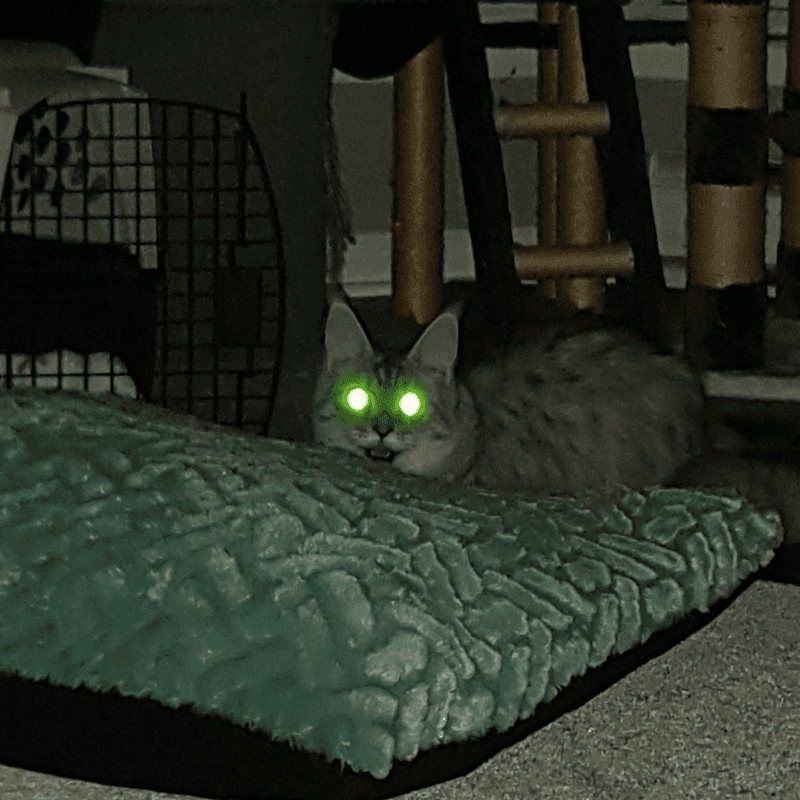
If your kitty suddenly bursts into high-speed sprints around midnight, you’re witnessing the infamous cat zoomies. This behavior is a natural way for cats to release pent-up energy accumulated during the day. It can be quite entertaining, albeit noisy.
In the wild, cats are crepuscular, meaning they’re most active at dawn and dusk. Zoomies are a domestic adaptation of this trait. Ensure your cat has ample playtime during the day to curb this nighttime excitement.
Providing engaging toys and climbing structures can also help channel their energy in constructive ways. Don’t worry; it’s perfectly normal!
Shadow Hunting
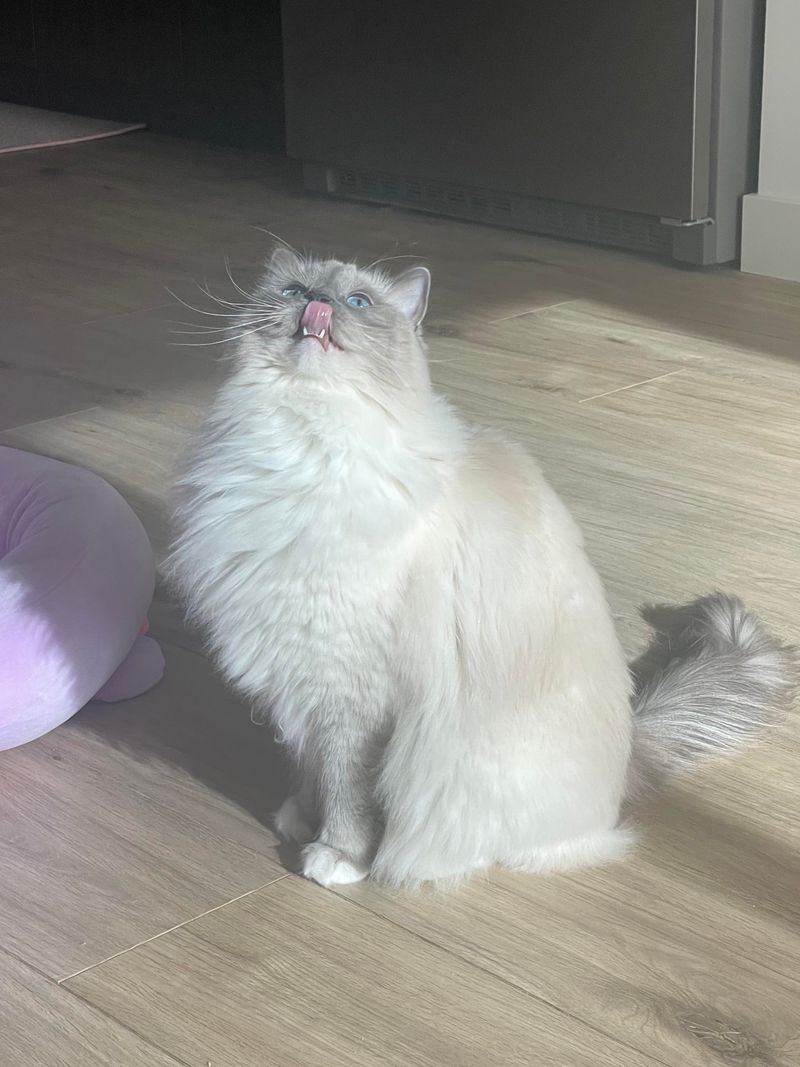
Cats are natural hunters, and even indoors, their instincts remain strong. At night, when lights and shadows play tricks, your cat might chase imaginary prey.
This behavior is rooted in their ancestral need to hunt small creatures and can be triggered by moving shadows or reflections. To support your cat’s hunting instincts, offer interactive toys that mimic the movement of prey.
This not only satisfies their predatory nature but also provides mental stimulation. Encouraging shadow play can be a delightful way to engage with your pet and enrich their nighttime activities.
Late-Night Vocalizations
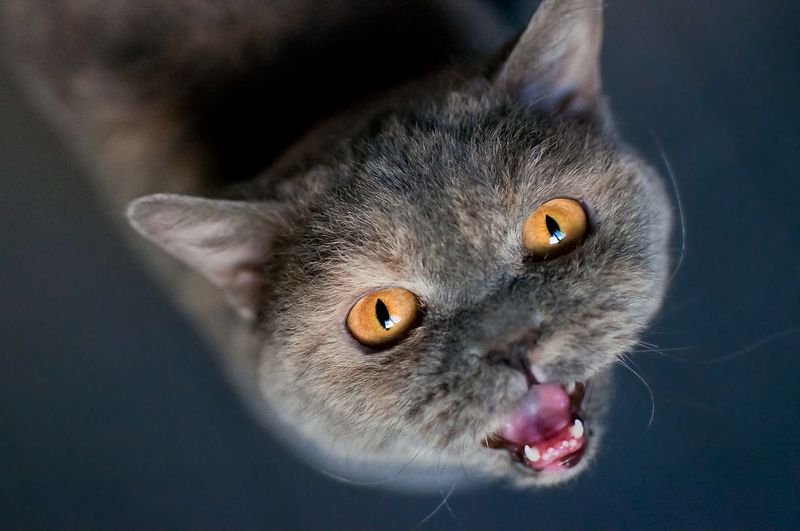
Cats are known to be vocal creatures, and some become especially chatty at night. These vocalizations can range from soft chirps to loud yowls. Often, they are trying to communicate with you or express their needs.
It might be a request for attention, food, or simply a response to nighttime sounds. To manage excessive meowing, ensure your cat’s environment is comfortable and stimulating.
Regular feeding schedules and interactive play can help reduce nighttime vocalization. Understanding your cat’s meows will strengthen your communication, making it easier to address their needs.
Window Watching
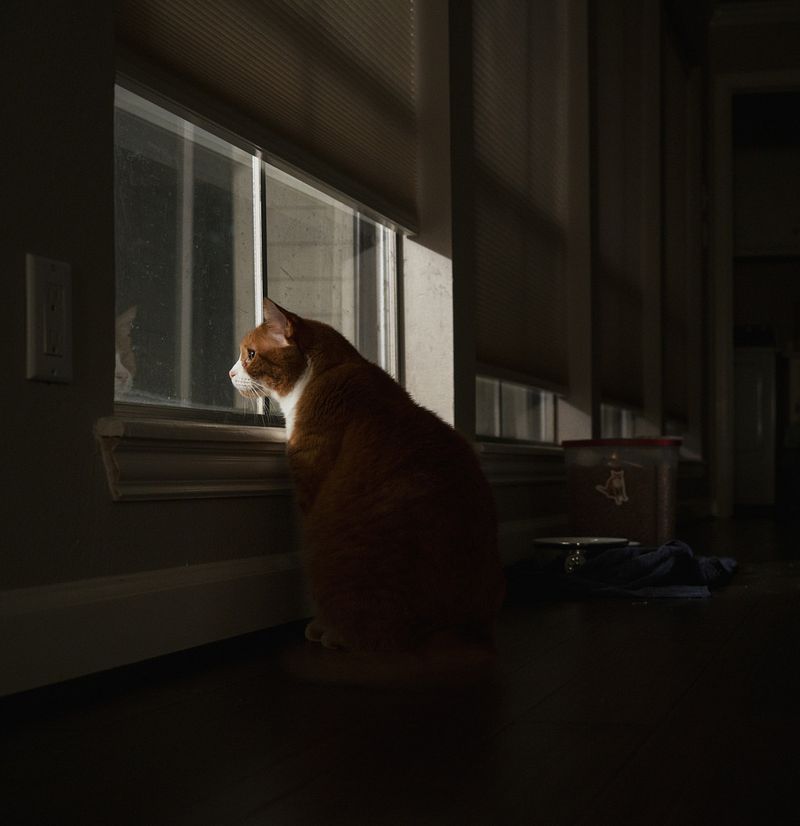
The night offers a new world of sights and sounds for a curious cat. Watching the night unfold from a window can be a favorite pastime. This behavior stems from their instinctual need to observe their territory.
The movement of leaves, passing cars, or nocturnal animals can captivate their attention. To enhance this experience, create a cozy perch near a window and consider installing a bird feeder outside for added entertainment.
This can keep your cat engaged and content, satisfying their curiosity and reducing restlessness during the night.
Nighttime Purring
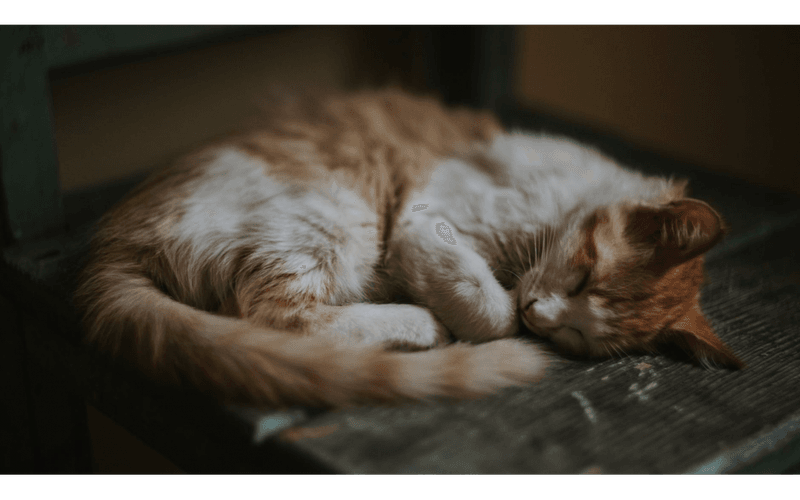
A cat’s purr can be soothing, and many cats enjoy snuggling up at night and purring contentedly. This behavior often signifies comfort and a strong bond with their human companions.
Purring can also have self-soothing properties for the cat, indicating they are relaxed and happy. Establishing a bedtime routine that includes cuddling and gentle petting can strengthen your relationship.
If your cat purrs loudly and persistently, it might be a sign of seeking attention or comfort. Pay attention to the context of their purring to better understand their emotional state and needs.
Nocturnal Mischief
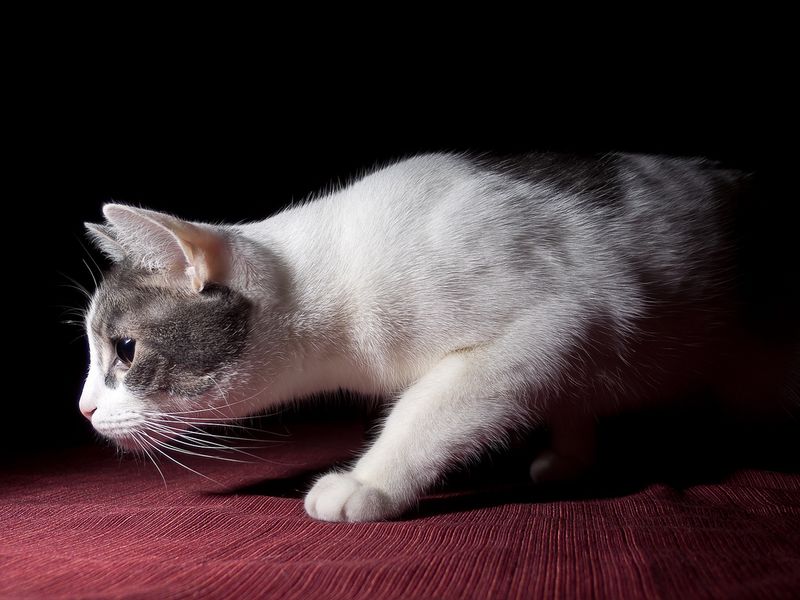
Cats are naturally curious and sometimes get into mischief, especially at night when the house is quiet. Knocking items off tables or exploring forbidden areas can be a way for them to entertain themselves.
This behavior is often driven by boredom or a desire for attention. To prevent nighttime mischief, provide challenging toys and interactive play sessions during the day.
Securing fragile items and setting boundaries can also help. Understanding this behavior as a call for engagement can guide you in creating a stimulating environment that curtails their need for nocturnal antics.
Bathroom Expeditions
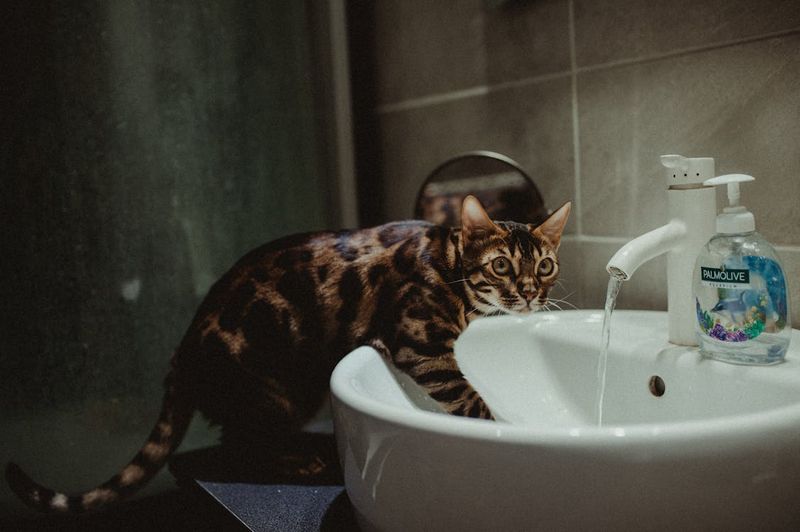
Some cats find bathrooms intriguing at night, possibly due to the cool surfaces or lingering smells. They might explore sinks, bathtubs, or even unroll toilet paper for amusement.
This exploratory behavior can be a sign of boredom or curiosity. To keep your cat entertained, offer a variety of toys and consider rotating them to maintain interest.
Closing bathroom doors or securing toilet paper can prevent potential messes. Understanding your cat’s night explorations can inspire creative solutions to keep them entertained without causing disruptions or damage.
Nighttime Nibbling
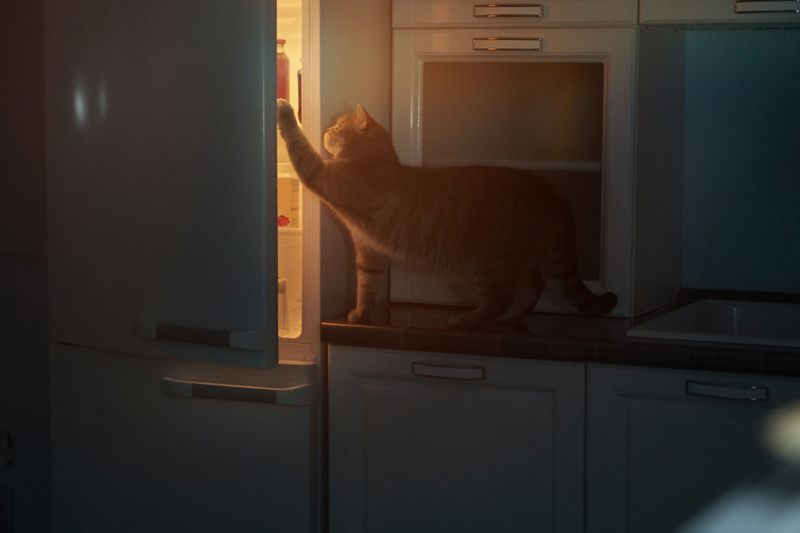
Cats may feel peckish at night and seek out a midnight snack. This behavior is rooted in their natural hunting and eating patterns, as they are accustomed to eating small amounts throughout the day and night.
To accommodate this, consider leaving a small portion of dry food out. However, ensure their diet is balanced and consult a vet for advice on nighttime feeding.
If your cat’s nighttime nibbling leads to weight gain, consider adjusting their meal sizes during the day. Monitoring their eating habits will help maintain a healthy weight and prevent overindulgence.
Scent Marking
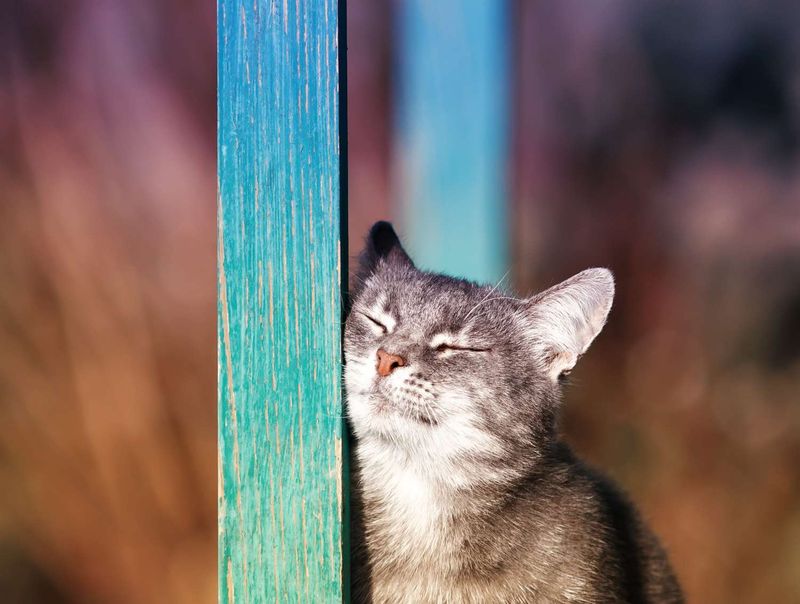
Cats have scent glands on their faces and often rub against objects as a way of marking territory. This behavior is more pronounced at night when other scents may fade, and they seek to reaffirm their presence.
Scent marking also provides comfort and security, reinforcing their sense of ownership and familiarity. Encourage this behavior in appropriate areas by providing scratching posts and safe spaces for them to explore.
Understanding scent marking helps you respect your cat’s need for defining their territory while maintaining a harmonious home environment.
Dreaming Adventures
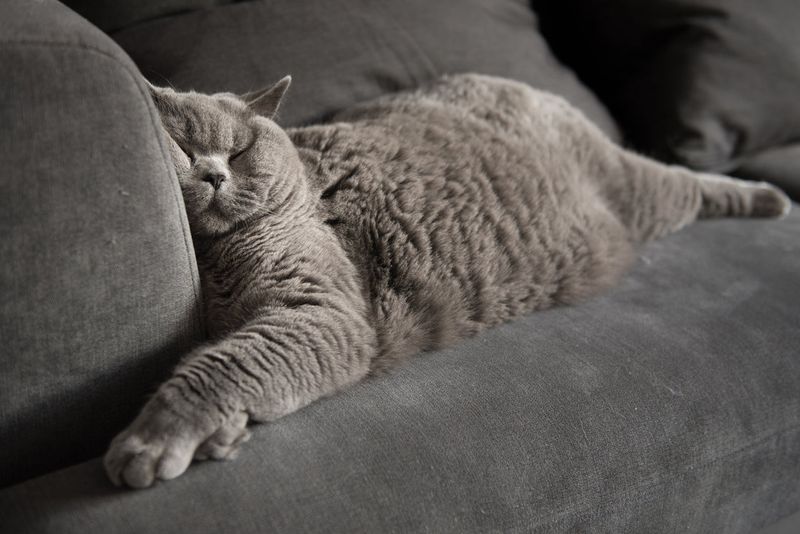
Like humans, cats experience REM sleep, during which dreaming occurs. You might notice your cat twitching or moving its paws as it dreams of chasing or playing. These dream sequences are a normal part of a cat’s sleep cycle and reflect their daily experiences.
Dreaming is essential for mental and physical health, contributing to memory processing and relaxation. To support healthy sleep patterns, provide a comfortable sleeping area and ensure your cat has opportunities for mental and physical engagement during the day.
Understanding their sleep behavior enriches your appreciation for their complex feline world.
Night Patrols

Cats are territorial animals and often patrol their domain at night to ensure everything is in order. This behavior includes quietly inspecting rooms and monitoring for any changes or intrusions.
Night patrols are rooted in their instincts to protect their territory and reassure themselves of safety. To assist your cat in its patrols, maintain a consistent environment and avoid abrupt changes that might unsettle them.
Offering a safe and secure space will alleviate anxiety and help your cat feel more at ease during its nocturnal rounds. Understanding this behavior fosters a supportive environment.
Nighttime Scratching
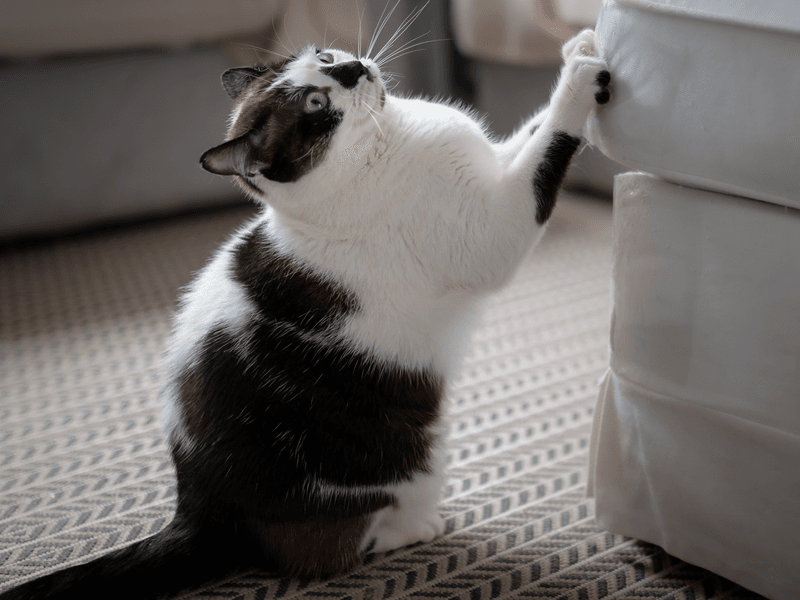
Scratching is a natural behavior for cats, serving to sharpen claws, mark territory, and stretch muscles. Some cats prefer to scratch at night when it’s quieter. Providing sturdy scratching posts and pads in areas they frequent can help direct this behavior.
Encourage your cat by placing catnip on scratching surfaces. Addressing their need to scratch reduces the likelihood of damage to furniture.
Understanding and accommodating this nocturnal habit supports your cat’s physical health and prevents unwanted behavior, ensuring a harmonious living space for both of you.
Stealthy Cuddles
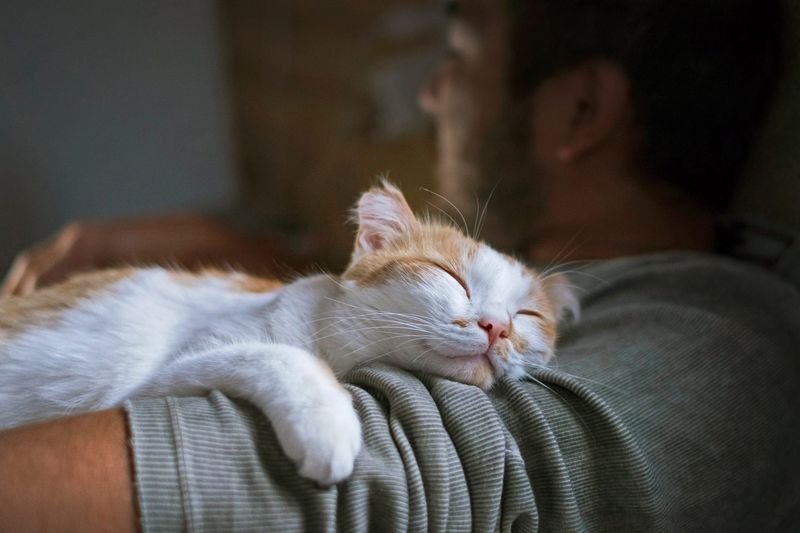
Many cats enjoy sneaking into bed for a cuddle while their humans sleep. This stealthy approach often goes unnoticed until you wake up to find them nestled beside you.
Such nighttime cuddles are a sign of affection and trust, as your cat seeks warmth and companionship. Embrace this bonding opportunity by providing a cozy blanket or designated space for them at bedtime.
Understanding your cat’s desire for closeness fosters a deeper connection. These quiet moments contribute to a nurturing environment, enhancing the emotional bond between you and your feline friend.

